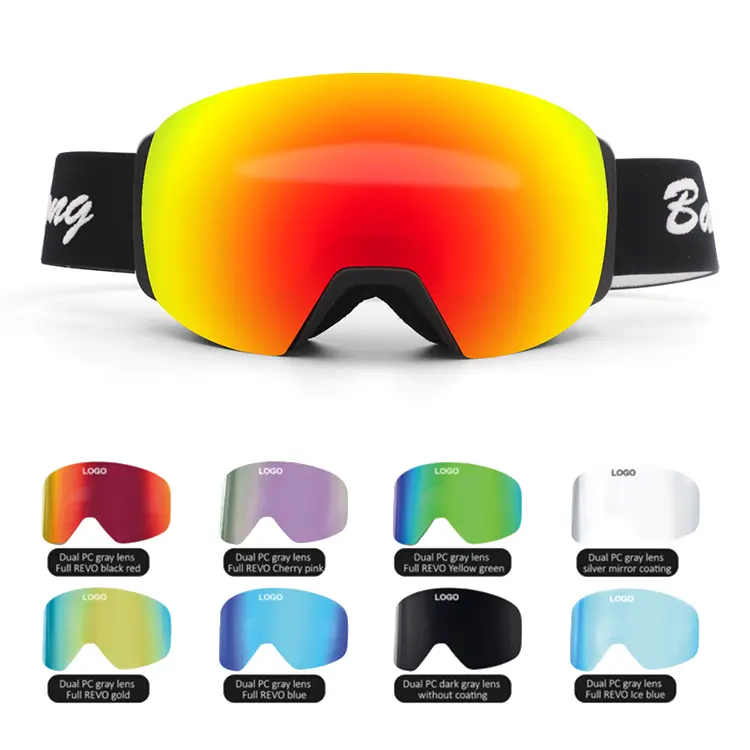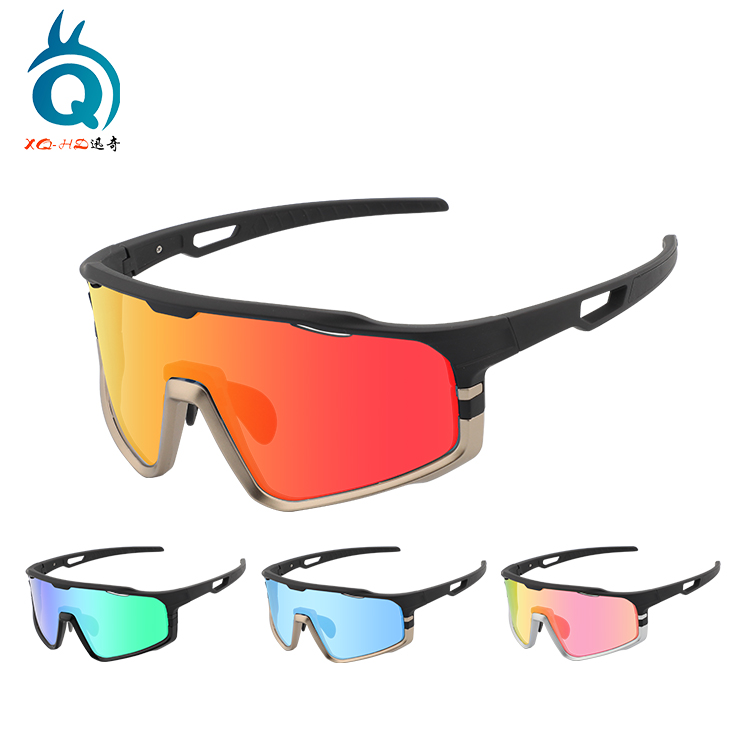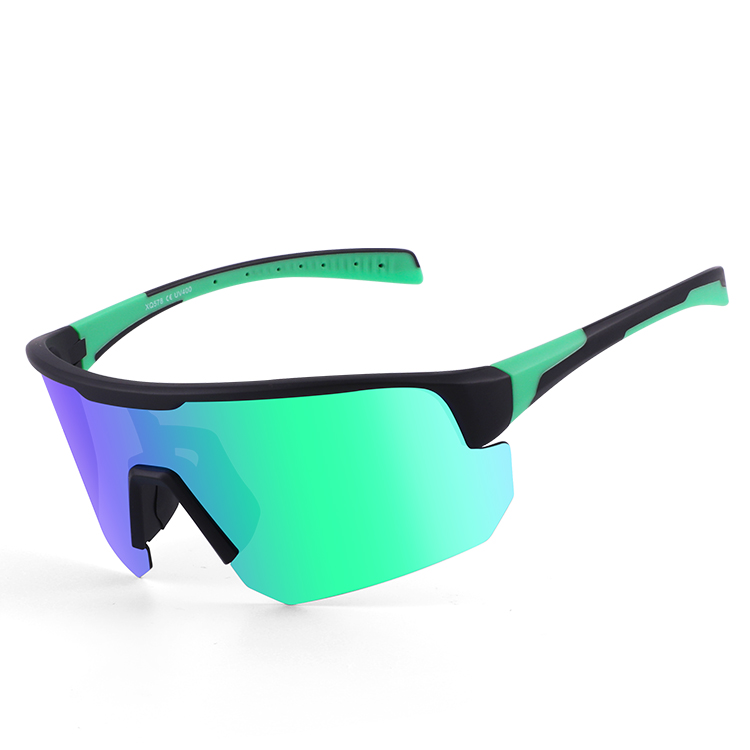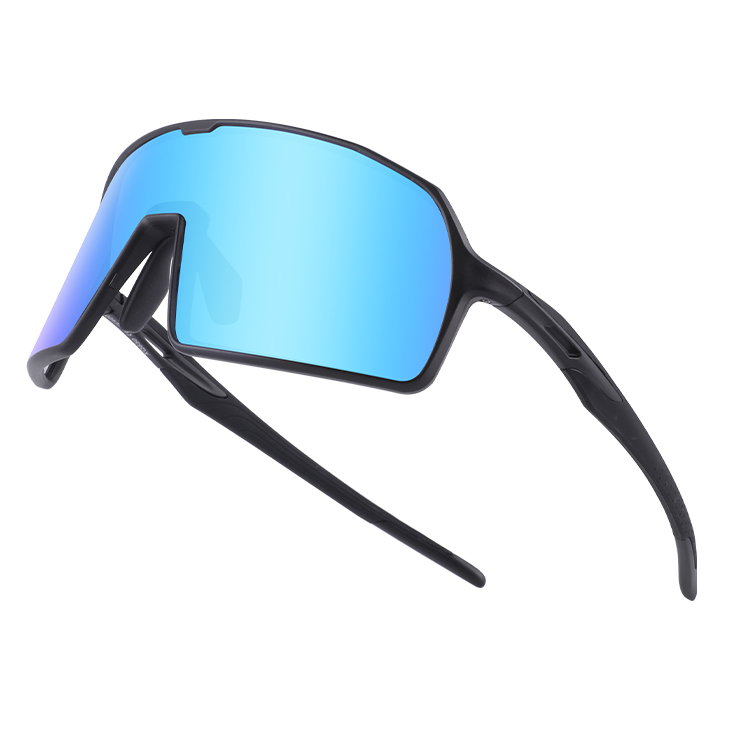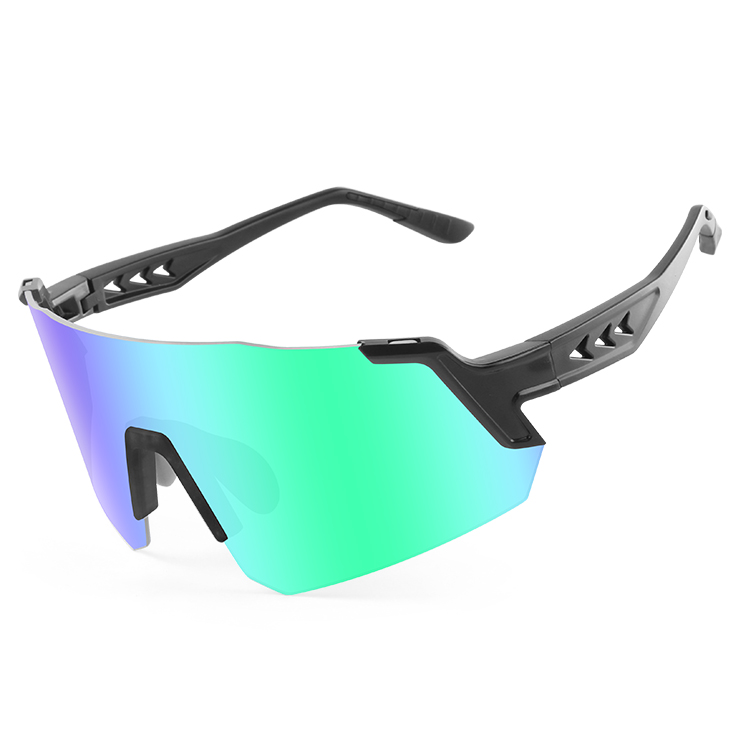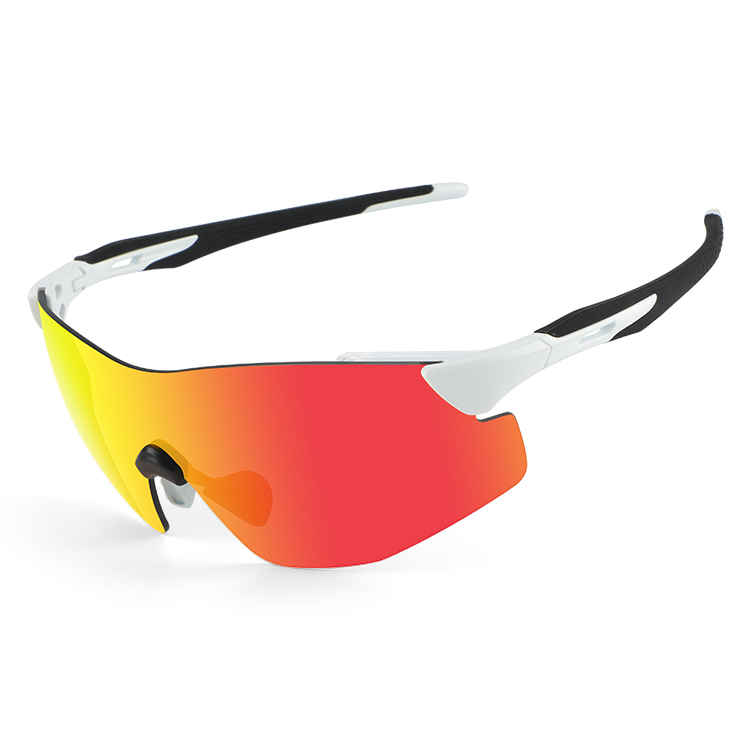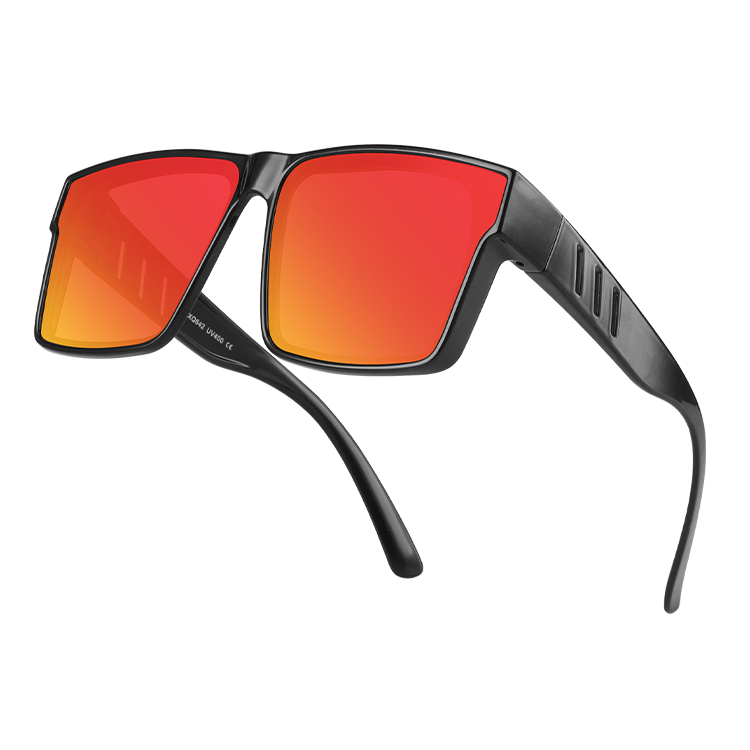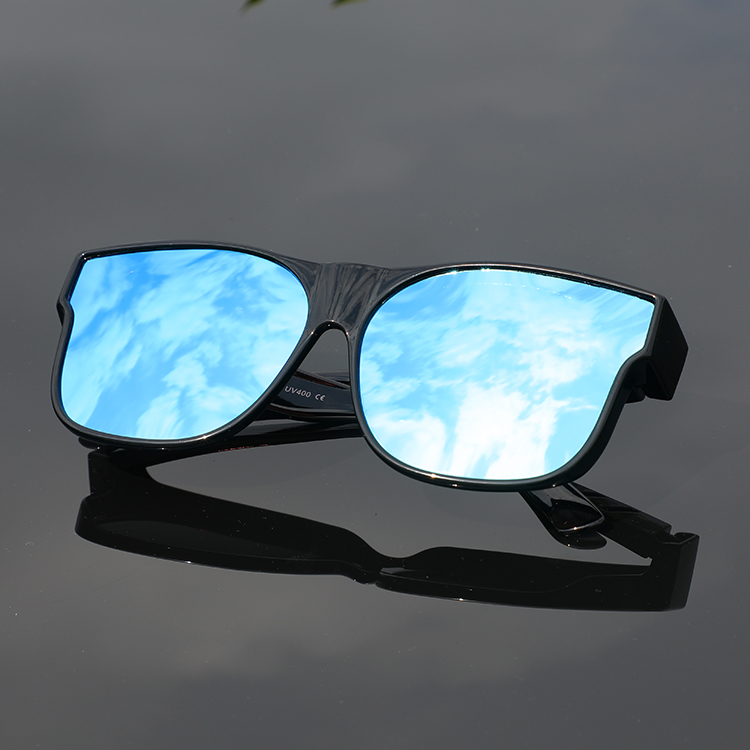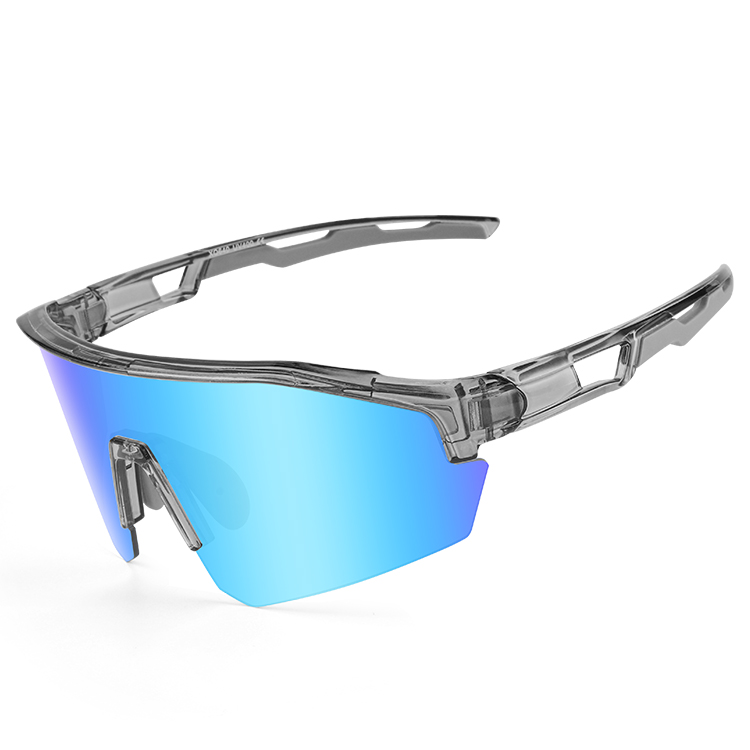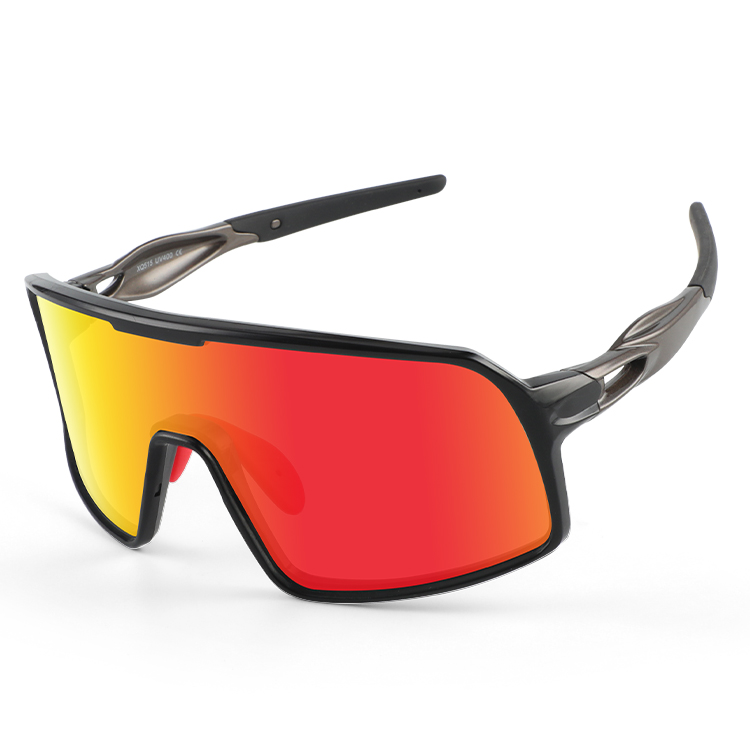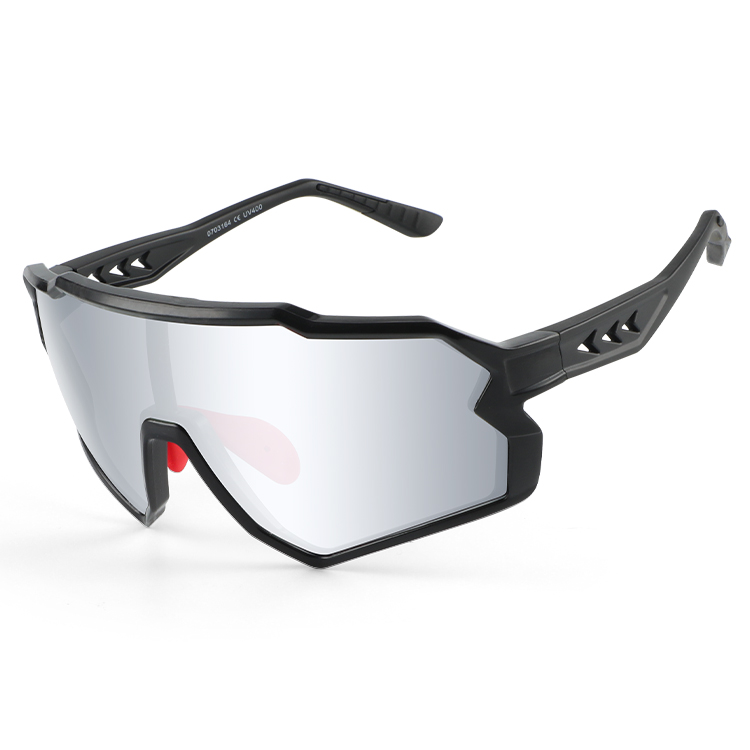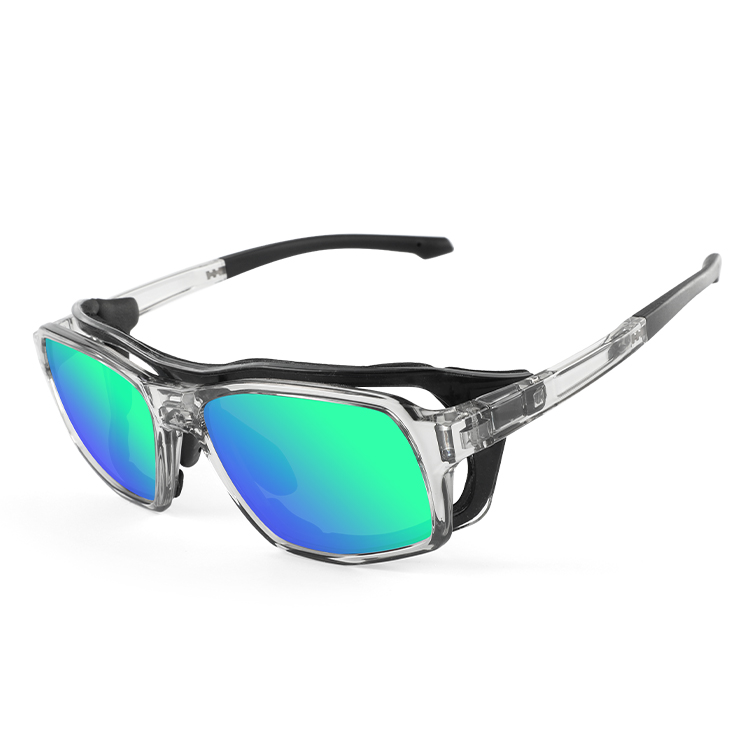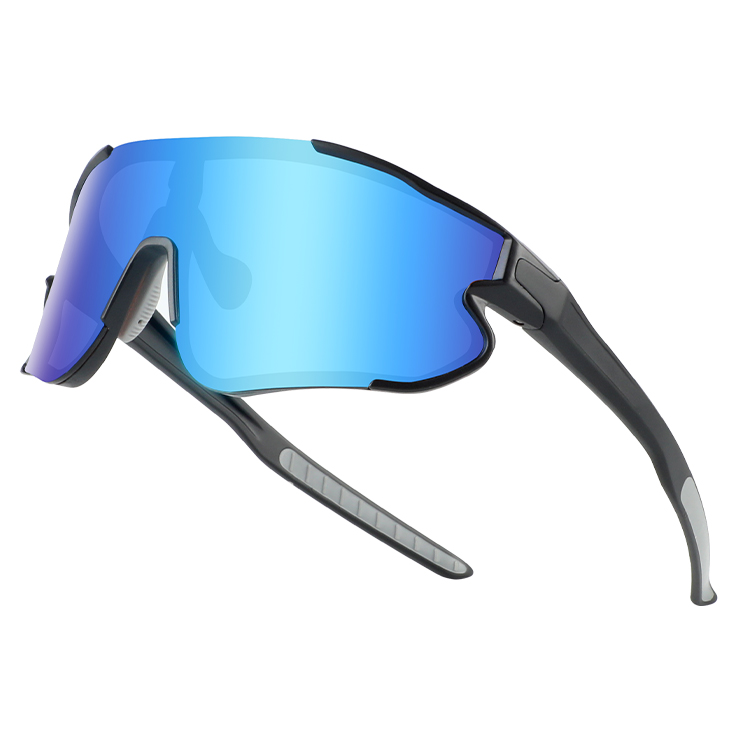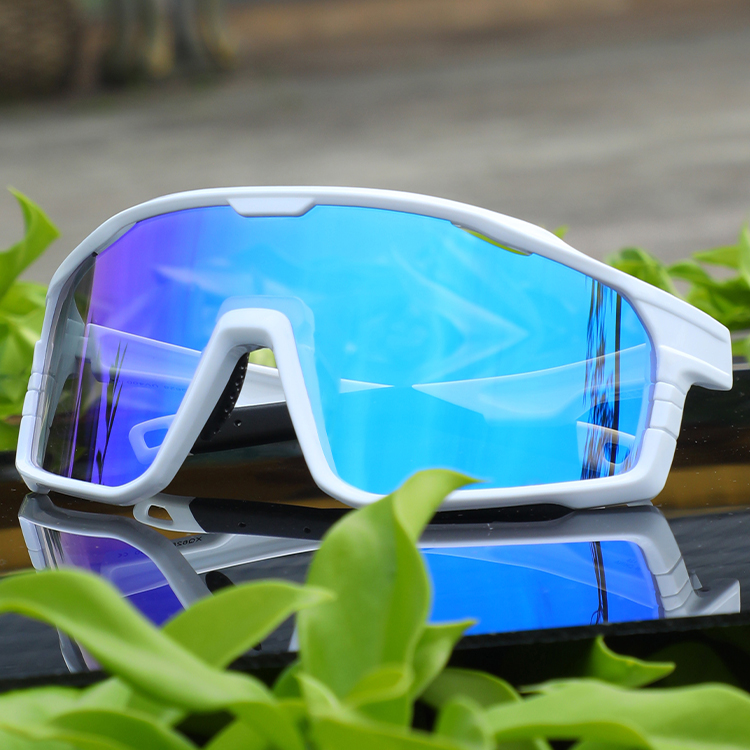Bright sunlight or reflections from wet roads are not only uncomfortable but can also pose serious driving hazards.
Many drivers desire glasses that improve visibility and reduce glare, which begs the question: Are polarized sunglasses better for driving? In most cases, the answer is yes, but the reasons go beyond simple style preference.
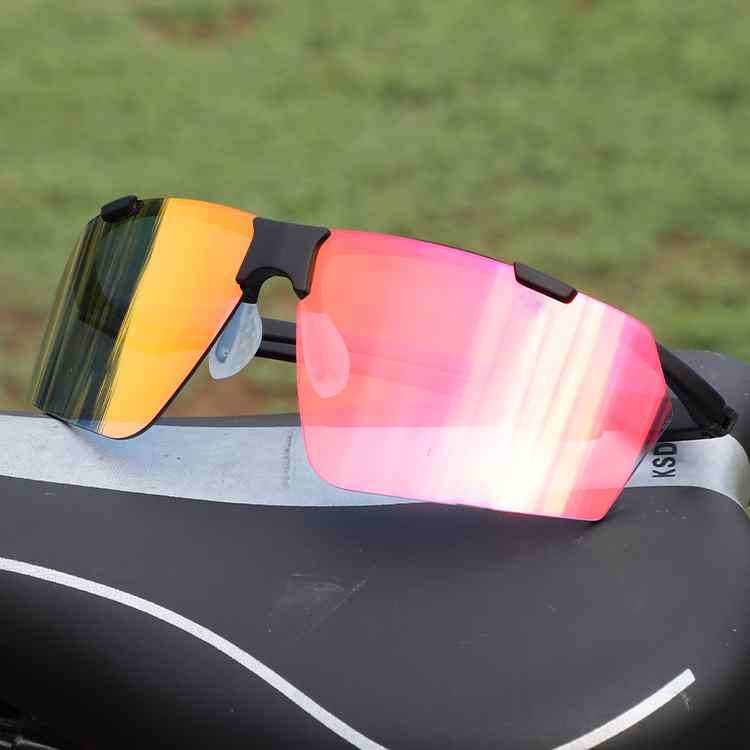
1. Understanding Polarization
To understand why polarized sunglasses are better for driving, it’s crucial to understand what polarization means. Polarized lenses use a unique coating that filters out harsh reflected light, effectively reducing glare.
- Light normally scatters in all directions, but when it reflects off a flat surface like water, asphalt, or a car hood, it often becomes horizontally polarized. This concentrated light causes glare, reducing visibility and clarity.
- Polarized lenses eliminate horizontally polarized light while allowing vertical light to pass through, significantly improving clarity and reducing eye strain.
2. Benefits of Wearing Polarized Sunglasses While Driving
- Polarized sunglasses offer numerous benefits to drivers, especially when driving in challenging lighting conditions. One of their primary benefits is glare reduction, helping drivers stay focused and avoid being blinded by glaring sunlight reflected from the road, buildings, or other vehicles.
- Polarized sunglasses also improve visual clarity, allowing drivers to more clearly see road signs, lane markings, and other vehicles. The increased contrast means objects on the road stand out more clearly, helping you react more quickly to potential hazards.
- Furthermore, polarized lenses reduce eye strain on long drives in bright sunlight, allowing you to maintain clear and comfortable vision throughout your journey.
- The benefits of polarization are most noticeable in specific driving conditions. On sunny days, polarized lenses make it easier to see ahead without squinting.
- Polarized lenses are particularly useful when driving near water or snow, where reflected light can be intense.
- After rain, shiny asphalt creates intense glare, which polarized lenses effectively reduce.
- Even in urban areas, polarized sunglasses can help reduce glare from glass buildings, windshields, and metal surfaces.
Are polarized sunglasses better for driving in these conditions? Of course, both in terms of comfort and safety.
3. Limitations to Be Aware of
Despite their many advantages, polarized sunglasses aren’t suitable for all driving conditions.
Because polarization can distort or obscure LCD and LED screens, they can make some digital displays (such as GPS screens, instrument clusters, or head-up displays) more difficult to read.
They can also reduce visibility in low-light conditions, such as on cloudy days, at dawn, or at dusk, by slightly dimming the field of view.
- Therefore, wearing polarized sunglasses for nighttime driving is not recommended.
- For drivers facing a variety of driving conditions, having a pair of non-polarized or photochromic lenses for low-light conditions is a good option.
4. Choosing the Right Polarized Sunglasses
- If you decide polarized sunglasses are more suitable for your driving situation, it’s wise to choose a pair that combines comfort, safety, and style. Look for high-quality polarized lenses from a reputable brand to ensure effective glare reduction.
- Lens color also plays a role. Gray, brown, and amber lenses are popular choices for driving because they maintain a natural color balance while enhancing contrast.
- Comfort is equally important; a proper fit can prevent slipping or pinching during long drives. A scratch-resistant coating helps maintain lens clarity and prolongs its lifespan.
5. Practical Benefits in Real-World Driving Scenarios
In everyday use, polarized sunglasses offer drivers both safety and style. On highways, they help maintain a clear view ahead, unobstructed by sun glare.
In city traffic, they make it easier to spot pedestrians, cyclists, and traffic lights without visual distraction. On scenic roads, they enhance colors and reduce eye strain, making the journey more enjoyable.
Combined with other safe driving habits, polarized sunglasses can significantly reduce accidents caused by temporary vision impairment caused by glare.
6. Sustainability and Long-Term Use
Choosing high-quality polarized sunglasses not only provides short-term driving comfort but also protects your eyes from harmful UV rays, which can cause serious vision problems over time.
- Polarized sunglasses effectively block glare and UV radiation, helping to protect vision health while enhancing the driving experience.
- Furthermore, many high-end brands now offer polarized sunglasses made from sustainable materials, combining fashion with environmental responsibility. For environmentally conscious drivers, this offers yet another reason to choose polarized glasses.
Conclusion
Are polarized sunglasses a better choice for driving in most bright-light conditions? The answer is yes. They reduce glare, improve clarity, enhance safety, and make driving more comfortable.
While they aren’t suitable for all situations, particularly when reading digital displays or driving in low light, they remain one of the most effective eyewear options for daytime driving.
For frequent drivers, whether for daily commutes or long road trips, investing in a pair of polarized sunglasses is a decision that can enhance both safety and enjoyment.
They’re more than just a fashion accessory; they’re a practical driving tool designed to protect your eyes and keep you focused on the journey ahead.

